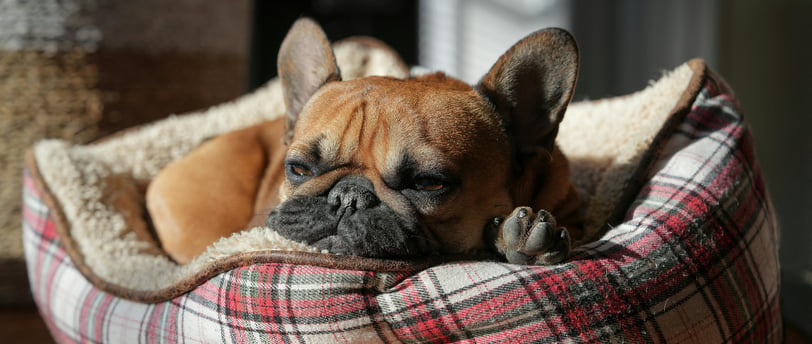Dealing with Separation Anxiety in Pets: Strategies for Easing Anxiety When You Leave
2 min read


Dealing with Separation Anxiety in Pets: Strategies for Easing Anxiety When You Leave
Leaving your pet behind, whether for a short errand or an extended trip, can be tough, especially if your furry friend suffers from separation anxiety. Fortunately, there are several strategies you can implement to help ease their anxiety and make the experience less stressful for both of you. Here are some effective ways to help your pet cope with separation anxiety:
Create a Safe and Comfortable Space
Ensure that your pet has a designated area where they feel safe and secure. This could be a cozy corner with their favorite bed, toys, and blankets. A familiar and comforting environment can help reduce anxiety and provide a sense of security.
Practice Short Departures
Gradually acclimate your pet to being alone by practicing short departures. Start with just a few minutes and gradually increase the time you spend away. This helps your pet get used to the idea that you will always return, easing their anxiety over time.
Establish a Routine
Pets thrive on routine, and having a consistent daily schedule can help alleviate anxiety. Set regular times for feeding, walks, playtime, and other activities. A predictable routine provides structure and reassurance for your pet.
Use Positive Reinforcement
Reward your pet for calm behavior when you're preparing to leave or returning home. This can include treats, praise, or affection. Positive reinforcement helps create positive associations with your departures and arrivals, reducing anxiety.
Interactive Toys and Puzzles
Provide your pet with engaging and interactive toys or puzzles to keep them occupied while you're away. These distractions can help divert their attention from your absence and provide mental stimulation.
Stay Calm and Confident
Pets can pick up on your emotions, so it's important to remain calm and confident when leaving. Avoid making a big fuss or displaying anxiety yourself, as this can exacerbate your pet's stress. Instead, maintain a calm and matter-of-fact demeanor.
Use Comforting Sounds and Scents
Consider leaving a piece of clothing with your scent on it in your pet's resting area. Your scent can provide comfort and reassurance to your pet. Additionally, playing soothing music or leaving the TV on at a low volume can create a calming atmosphere.
Gradual Desensitization
Desensitize your pet to the cues associated with your departure. For example, put on your shoes or pick up your keys without actually leaving the house. Repeat these actions multiple times until your pet no longer associates them with your departure.
Consider Professional Help
If your pet's separation anxiety is severe, consider seeking professional help from a veterinarian, pet behaviorist, or trainer. They can provide personalized guidance and strategies to address your pet's specific needs.
Exercise and Mental Stimulation
Ensure your pet gets plenty of exercise and mental stimulation throughout the day. A tired pet is less likely to experience anxiety. Engage in activities such as walks, playtime, and training sessions to keep your pet physically and mentally active.
Use Calming Aids
There are various calming aids available, such as pheromone diffusers, calming treats, and anxiety wraps. These products can help reduce anxiety and create a more relaxed environment for your pet.
By implementing these strategies, you can help your pet cope with separation anxiety and make your departures less stressful. Remember, patience and consistency are key, and with time, your pet can learn to feel more comfortable and secure when you're not around.
Camilla Cares © 2024. All rights reserved.
